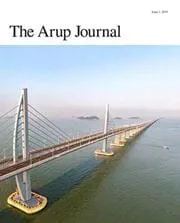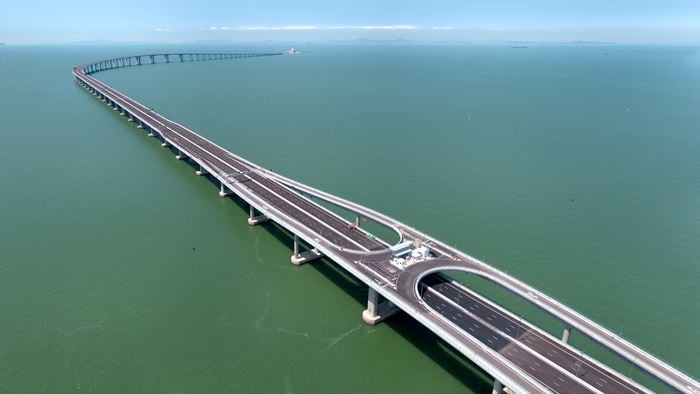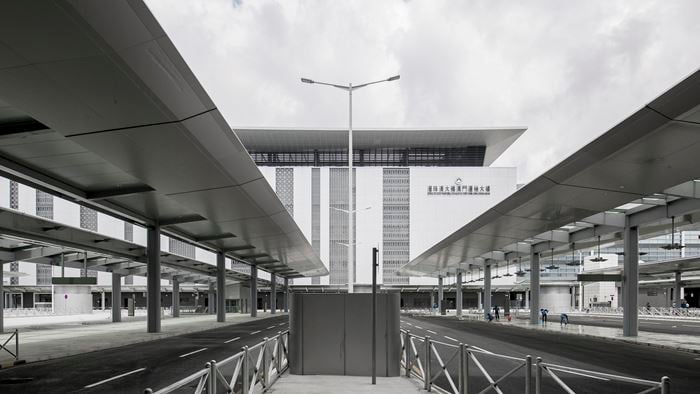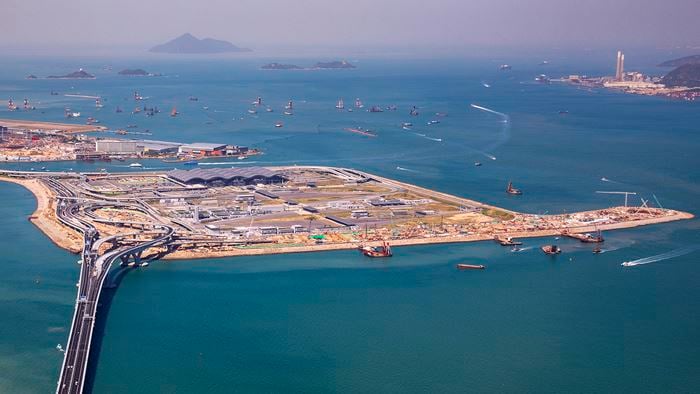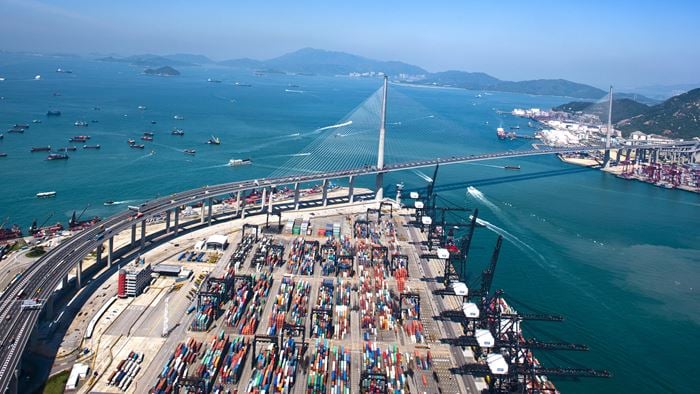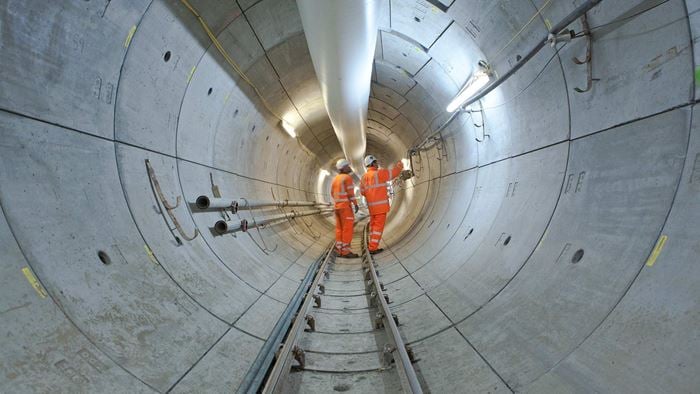After nine years of construction, the Hong Kong-Zhuhai-Macau Bridge, the world’s longest sea crossing, has opened to traffic.
The 55km crossing consists of three cable-stayed bridges and link roads in the three cities, reducing the travelling time between Hong Kong and Macau/Zhuhai from an hour’s ferry ride to a 40-minute car journey. This is a key initiative of the Chinese government’s plan to drive the economic and social integration of the Greater Bay Area which encompasses 11 cities in Southern China including Hong Kong and Macau.
Arup provided a wide range of services for this mega bridge and associated works. These range from the preliminary design for the main bridge in the mainland waters to environmentally friendly reclamation solutions for the Hong Kong Boundary Crossing Facilities (BCF) artificial island, and the tender and construction of the Hong Kong Link Road. We also undertook the feasibility study and detailed design for the Tuen Mun – Chek Lap Kok Link Northern Tunnel and Southern Connection Viaducts, preliminary and detailed design for the Macau Link Road, and the infrastructure works of the Macau BCF.
Project Summary
29.6km Main Bridge
12kmHong Kong Link Road
13.4kmZhuhai Link Road
Unique and beautiful
Arup’s involvement in the main section in the Zhuhai waters started in 2009 when we carried out the concept and preliminary design in a joint venture with China Highway and Planning Design Institute and other firms.
The main section comprises three navigation channel bridges: Jiuzhou, Jianghai and Qingzhou. As the link would be prominent from the land, sea and air, a unique and aesthetic design was highly desired. Resilience and sustainability were also high on the agenda to address concerns such as frequent typhoons and habitats of dolphins.
All the three bridges were proposed to be cable-supported with central towers of different shapes placed between the carriageways to give both a visual affinity and variety between the bridges. From environmental considerations, single column piers were used to support the structure with piles buried in the seabed. This minimises obstruction to water flow and impact on the habitat of the Chinese white dolphins.
At the detailed design stage, the design of all three bridges were revisited and the Jiuzhou Bridge has been retained in its original form with sail-type towers.
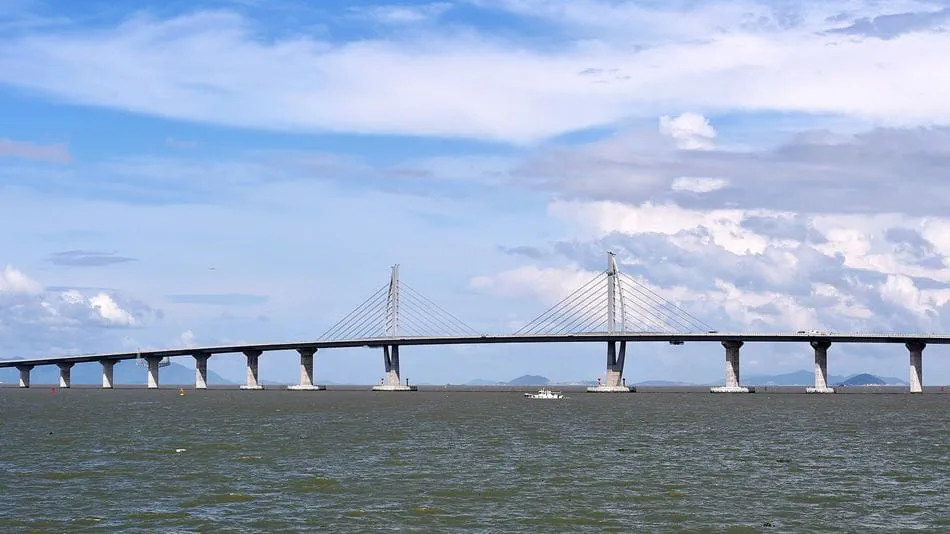
Hailed as an engineering wonder, the Hong Kong Zhuhai Macau Bridge further improves transport connectivity between Hong Kong, Macau and major cities in Guangdong province. This marks a new milestone in the integration process of the Greater Bay Area – the Chinese government’s national strategy to create a world-class city cluster to lead the country’s future development.
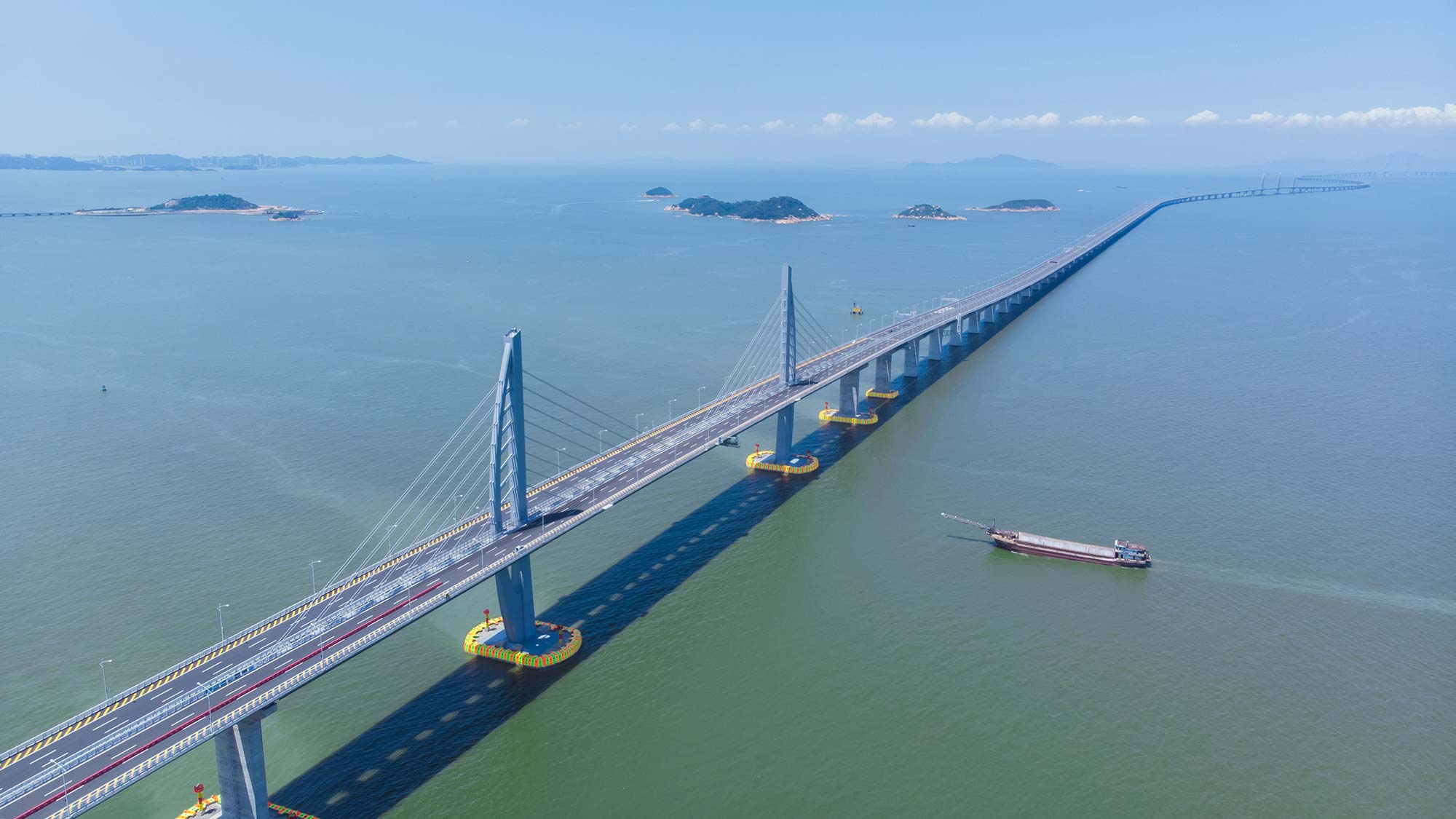 ;
;

